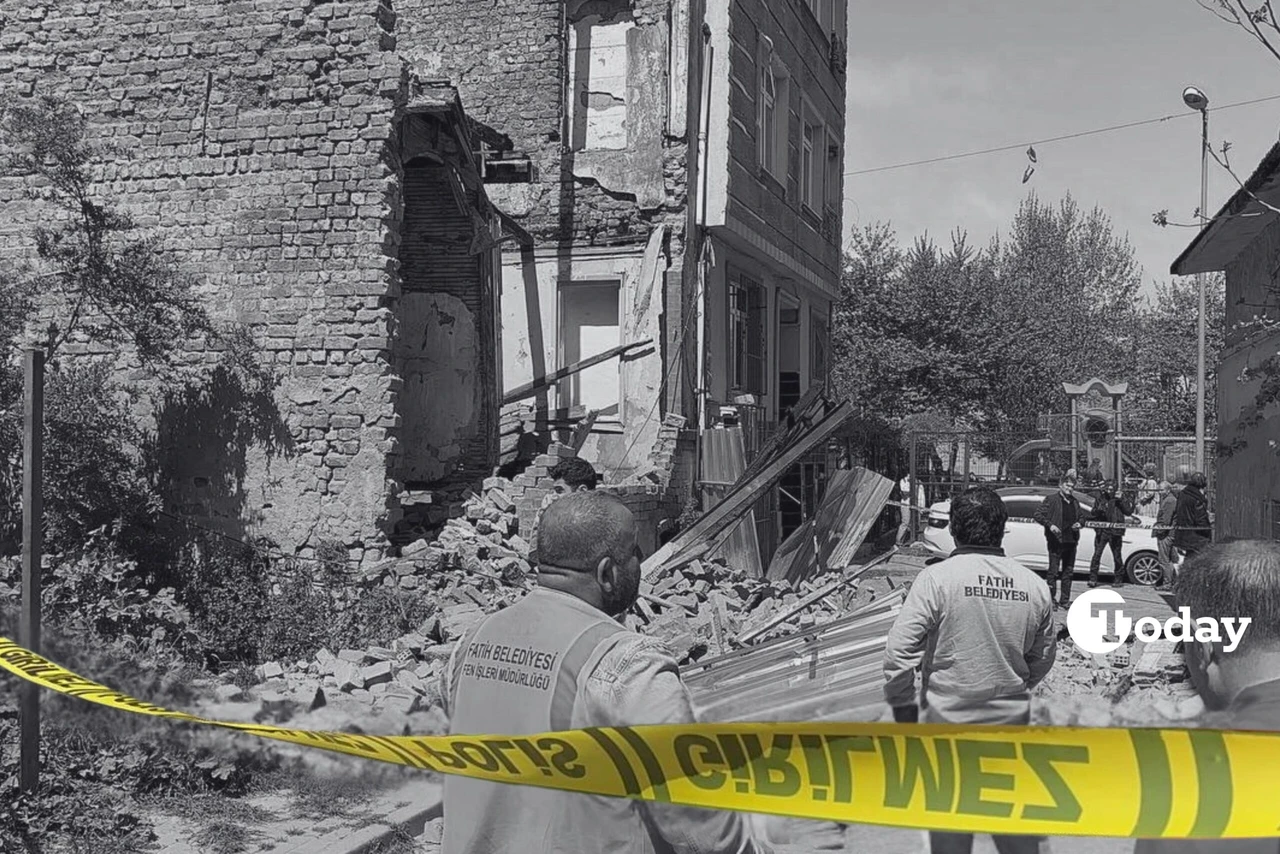Ancient ruins emerge as Türkiye’s Sapanca Lake’s water level drops to record low
 The water level of Sapanca Lake has dropped to 30.05 meters, revealing ruins within the lake, Türkiye, November 14, 2024. (AA Photo)
The water level of Sapanca Lake has dropped to 30.05 meters, revealing ruins within the lake, Türkiye, November 14, 2024. (AA Photo)
The water level of Sapanca Lake, a crucial freshwater source for 3 million residents in Kocaeli and Sakarya, has dropped to an alarming 30.05 meters, revealing previously submerged historical ruins.
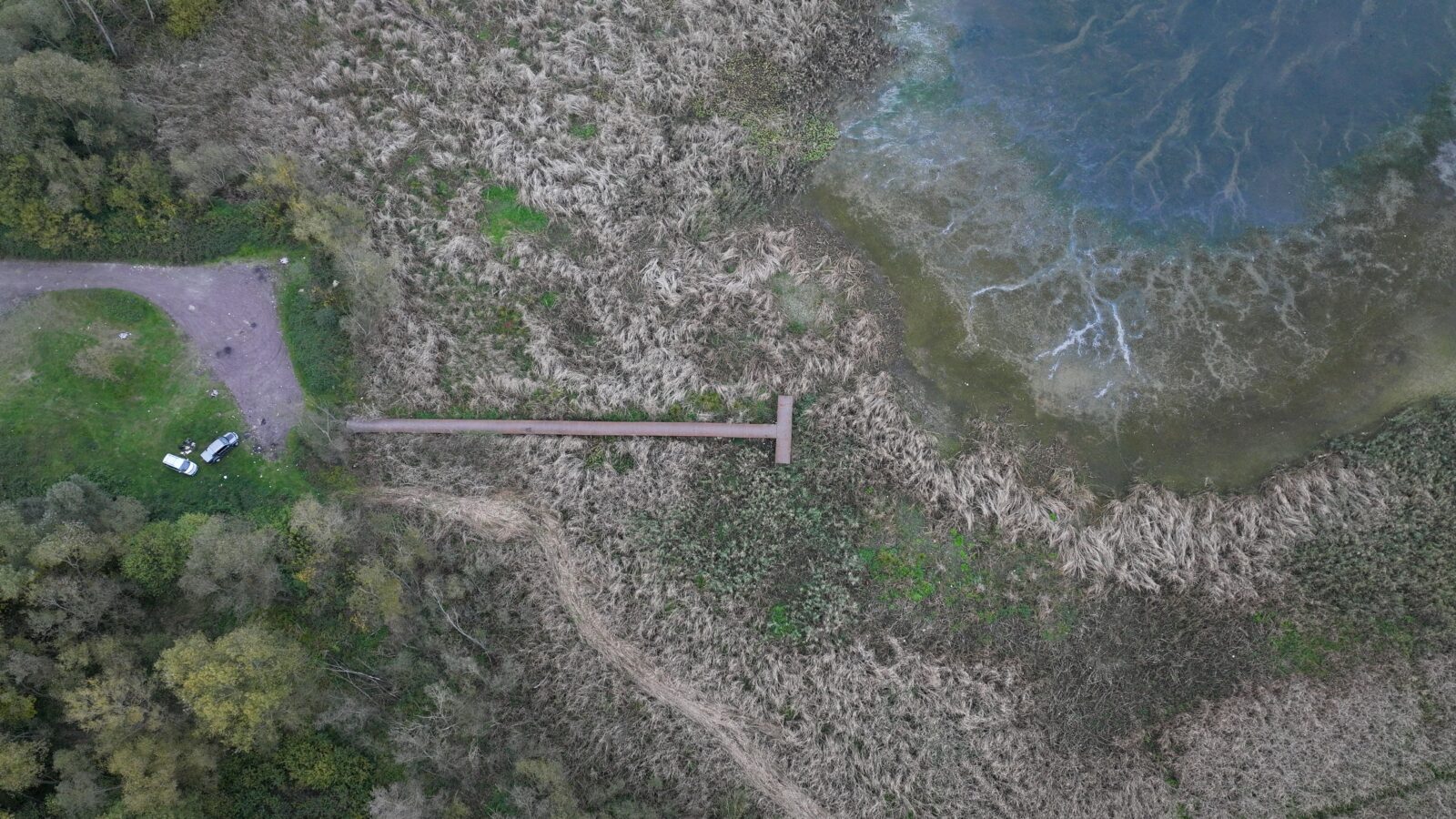
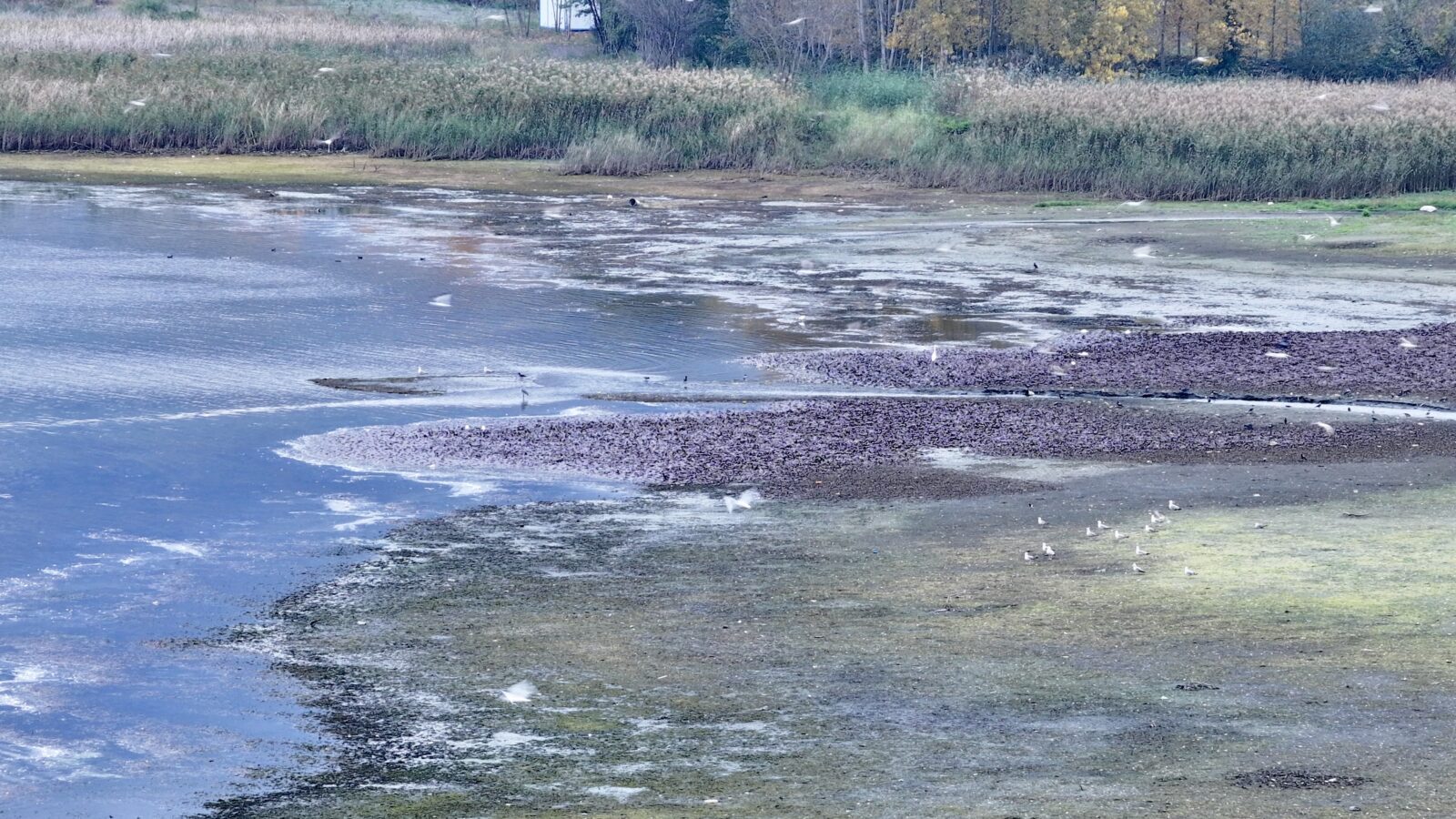
Unprecedented water recession at Sapanca Lake
Sapanca Lake, the largest natural water resource in Türkiye’s Marmara Region, has suffered a dramatic decline in water levels due to several factors: higher-than-average temperatures, inadequate rainfall during summer, over-irrigation, and illegal water usage. This confluence of conditions has led to severe drought affecting lakes, dams, rivers, and streams across the country.
Over the past week, the lake’s water level fell by 8 centimeters, reaching its lowest point in five years. The shoreline has receded by tens of meters, leaving docks stranded on dry land.

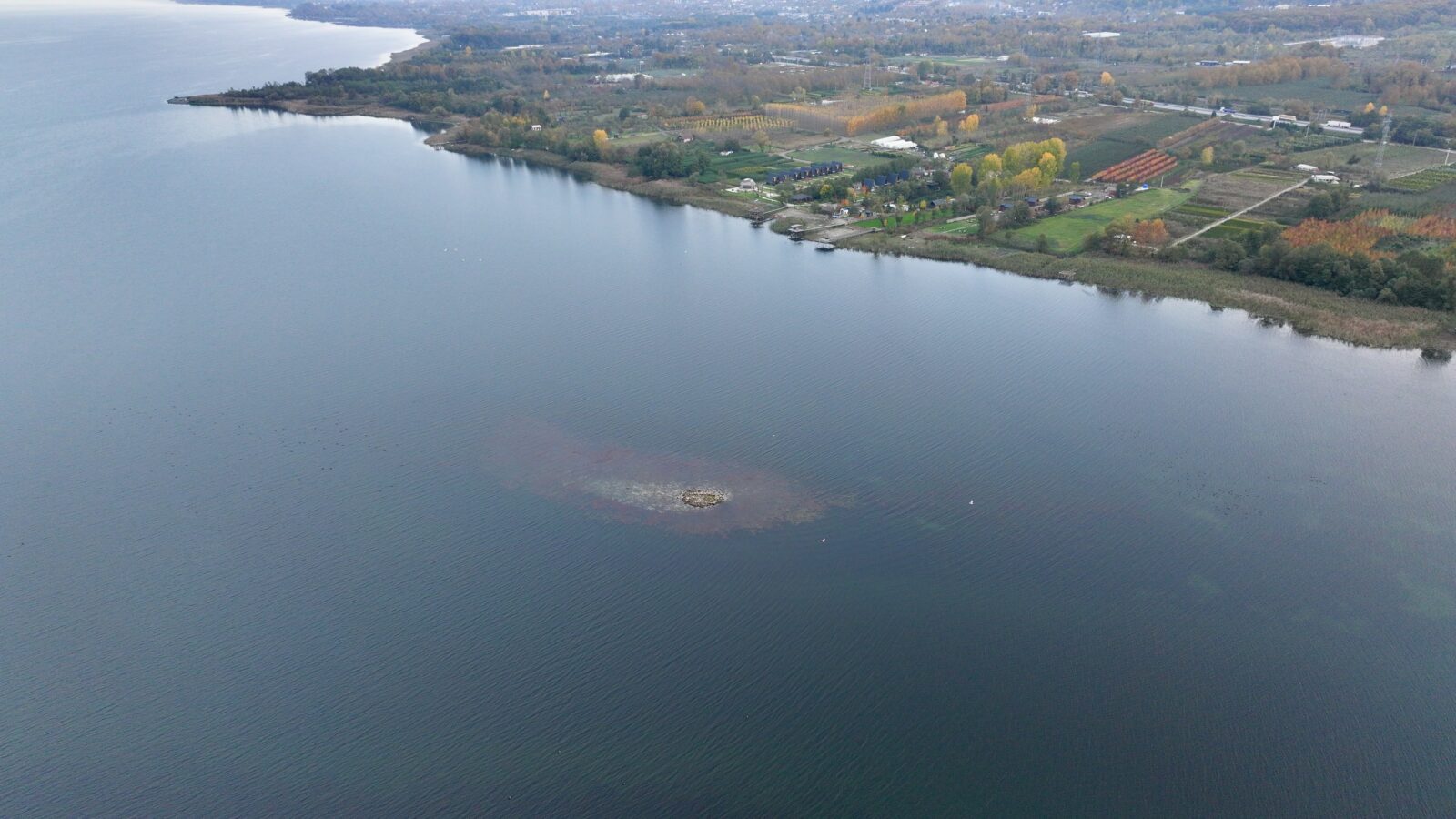
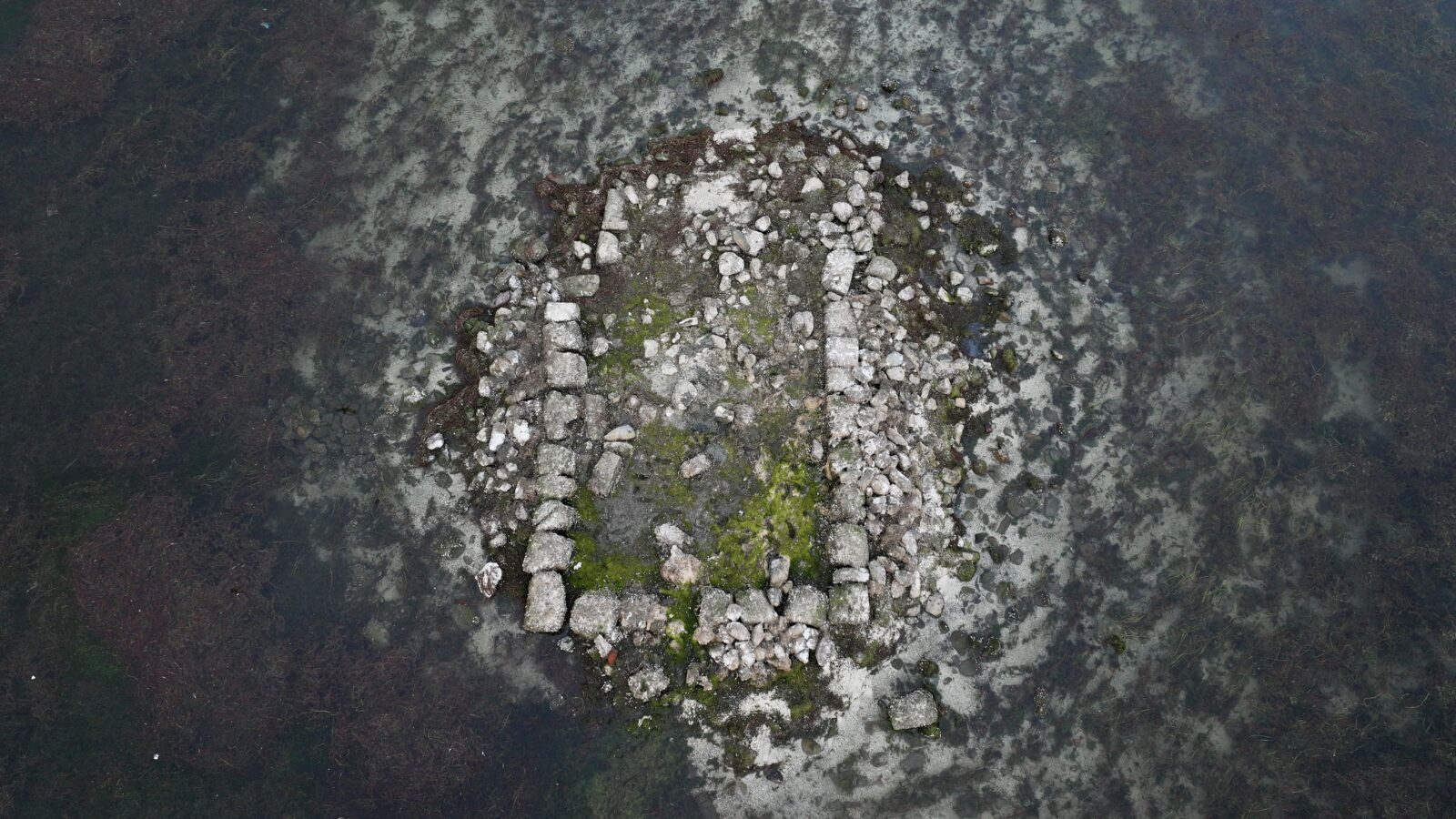
Historical stones resurface
One of the most striking discoveries occurred in the Kartepe district, near Seka Kamp. About 100 meters offshore, square-shaped stone arrangements believed to be of historical significance have emerged from the receding waters.
Archaeologists and historians are expected to investigate these formations, which could offer insights into ancient settlements around the lake.
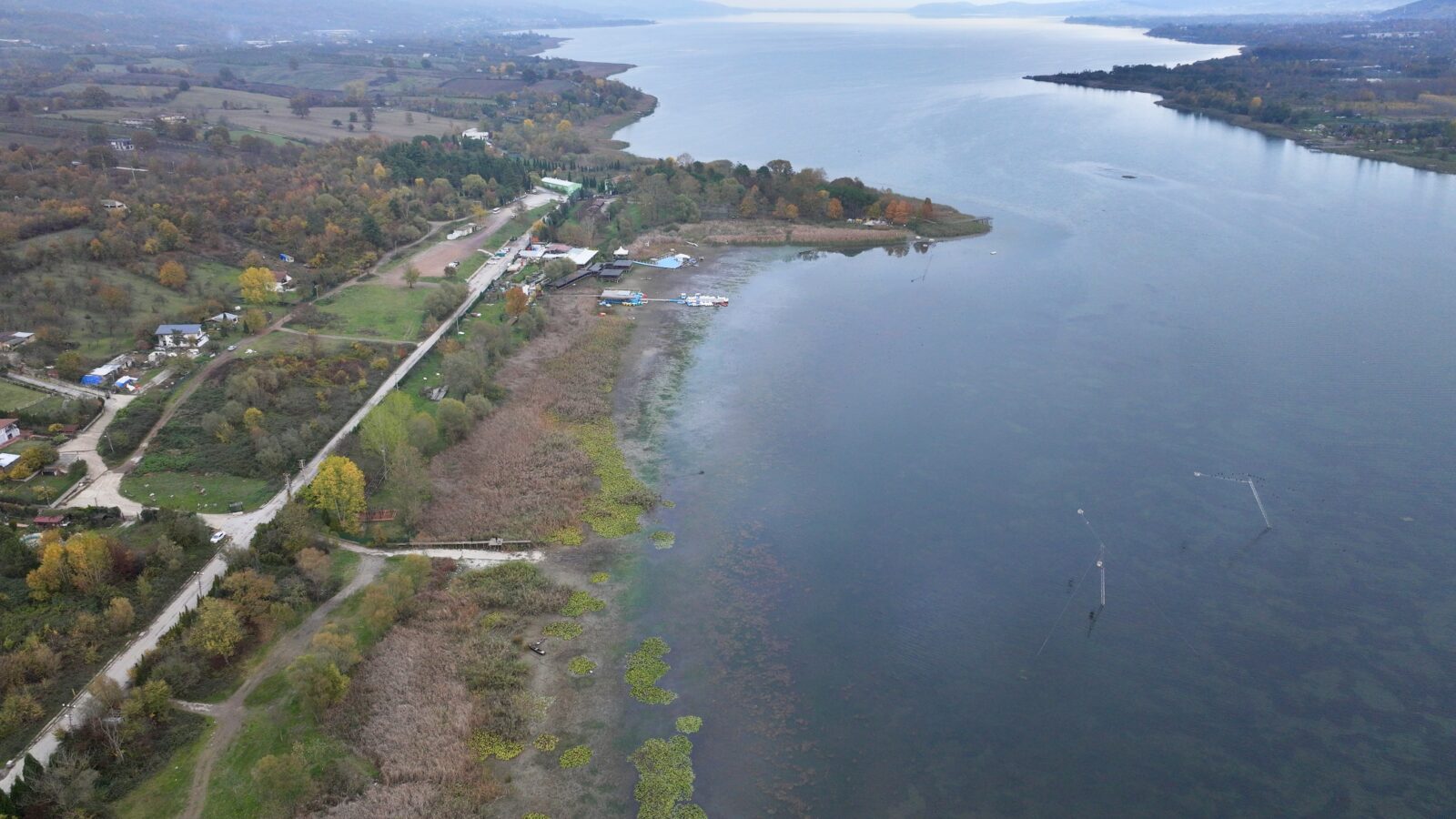
Dire warning for Türkiye’s water security
The exposure of these ruins highlights the urgent need to address water management issues in Türkiye.
The combination of climate change and human activities has taken a toll on the nation’s natural water reserves. Sapanca Lake’s decline serves as a stark reminder of the pressing environmental challenges faced by the country.

